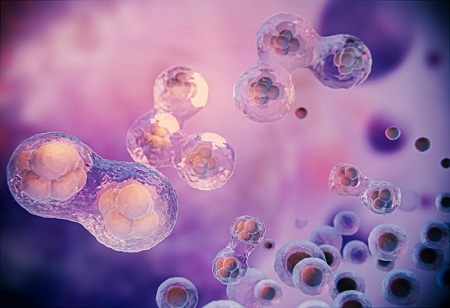India Pharma Outlook Team | Friday, 05 January 2024

IASO Biotherapeutics (IASO Bio), a biopharmaceutical company that discovers, develops, manufactures, and markets innovative cell therapies and antibody products, announced a new set of collaborations with Umoja Biopharma, Inc. (Umoja), a transformative immunotherapy company that develops off-the-shelf treatments that aim to extend the reach and effectiveness of CAR-T cell therapies in oncology and autoimmunity, for the development and commercialization.
Under the terms of the collaborations, IASO Bio will receive exclusive access to the rapamycin-activated cytokine receptor (RACR) platform, Umoja’s synthetic cytokine receptor technology, for the development of two ex vivo iPSC-derived chimeric antigen receptor (CAR)-bearing cell therapies. IASO will be responsible for worldwide product development, manufacturing, regulatory and commercialization of both ex vivo products, as per pharmabiz.
In exchange, Umoja will obtain exclusive rights to CAR cassettes for two targets, which will be used to advance two in vivo product candidates that will incorporate VivoVec, Umoja's unique lentiviral in vivo gene delivery technology. Umoja will be in charge of product development, production, regulatory, and commercialization in regions other than Greater China, while IASO would be in charge of the Greater China territory.
Alan Fu, chief financial officer of IASO Bio, stated, “We are excited to collaborate with Umoja on the investigation and development of our allogeneic cell therapies. By combining Umoja’s RACR platform, which aims to improve the patient experience by removing the need for lymphodepletion while also optimizing product development through improved cell differentiation and scalability, with our validated CAR constructs, we aim to bring novel allogeneic treatments to patients globally who are underserved by current therapies. Additionally, Umoja gains access to our clinically validated best-in-class CAR constructs to advance their in vivo CAR-T therapeutics with the potential to fundamentally transform the cell and gene therapy treatment landscape for patients.”